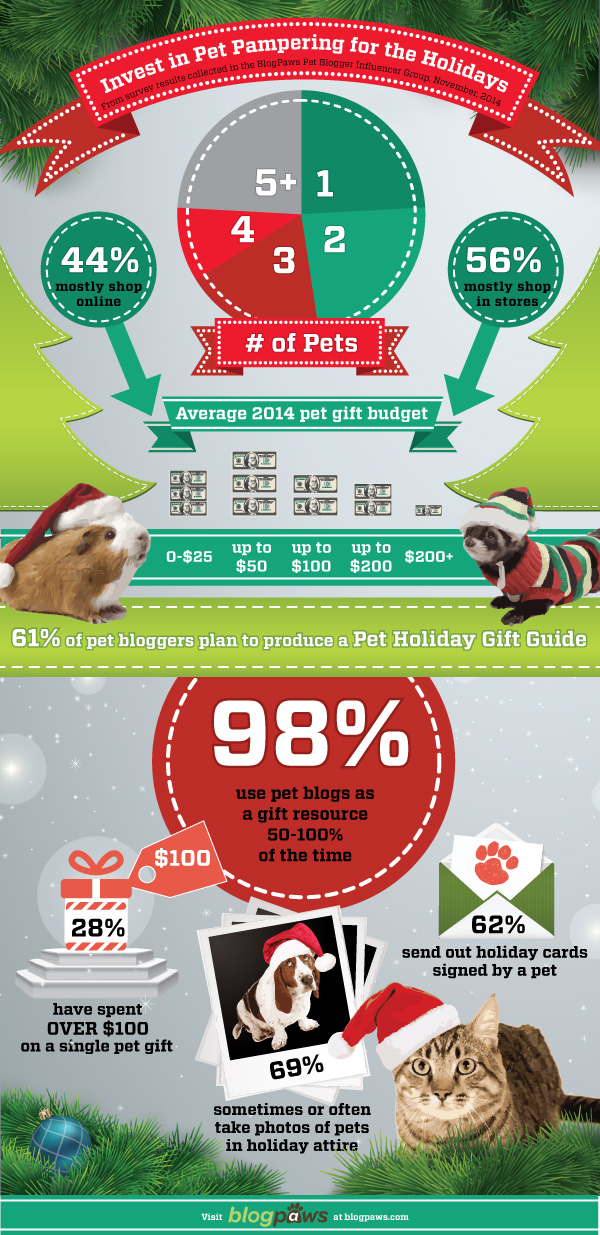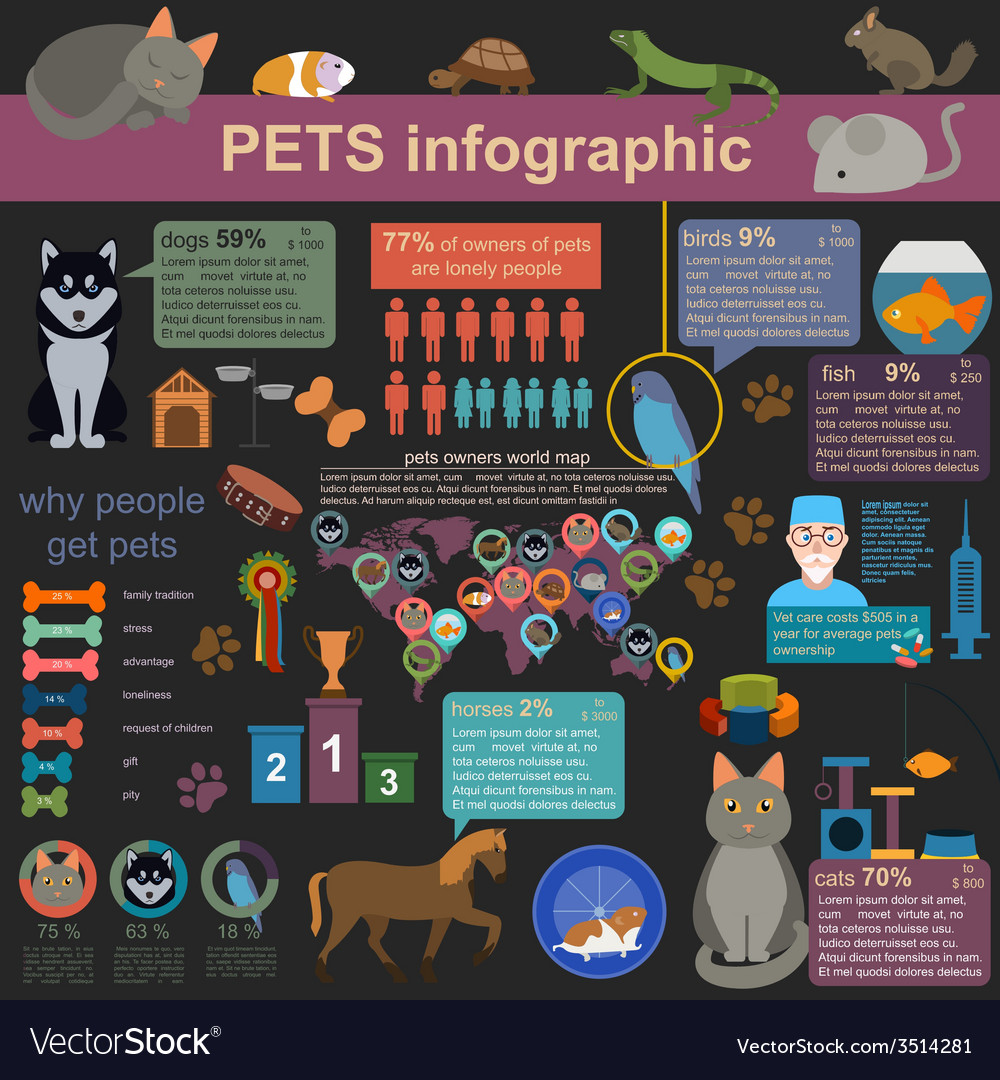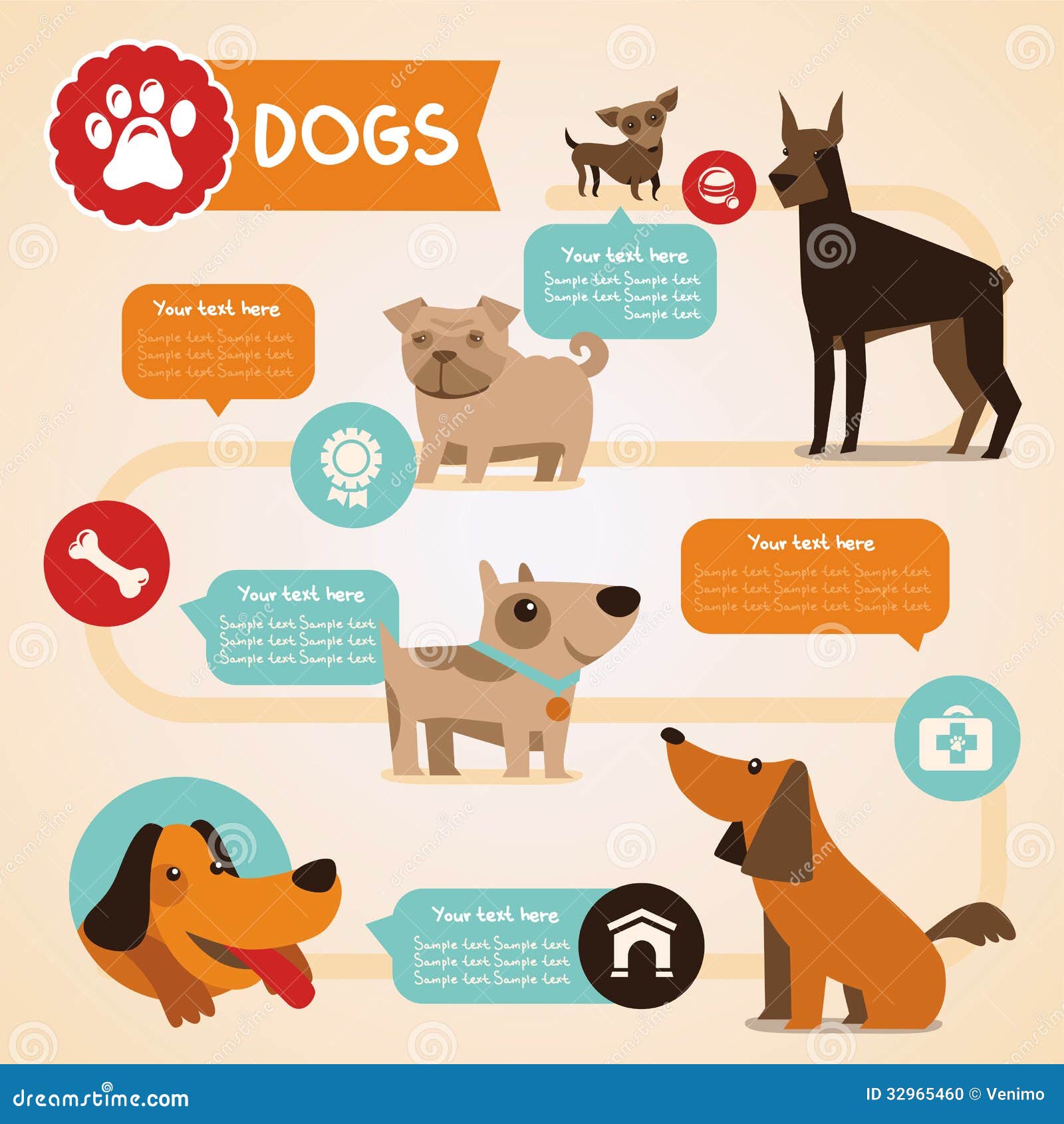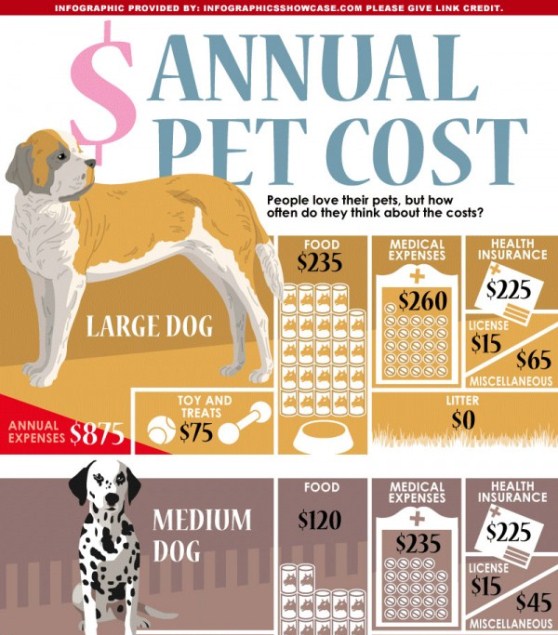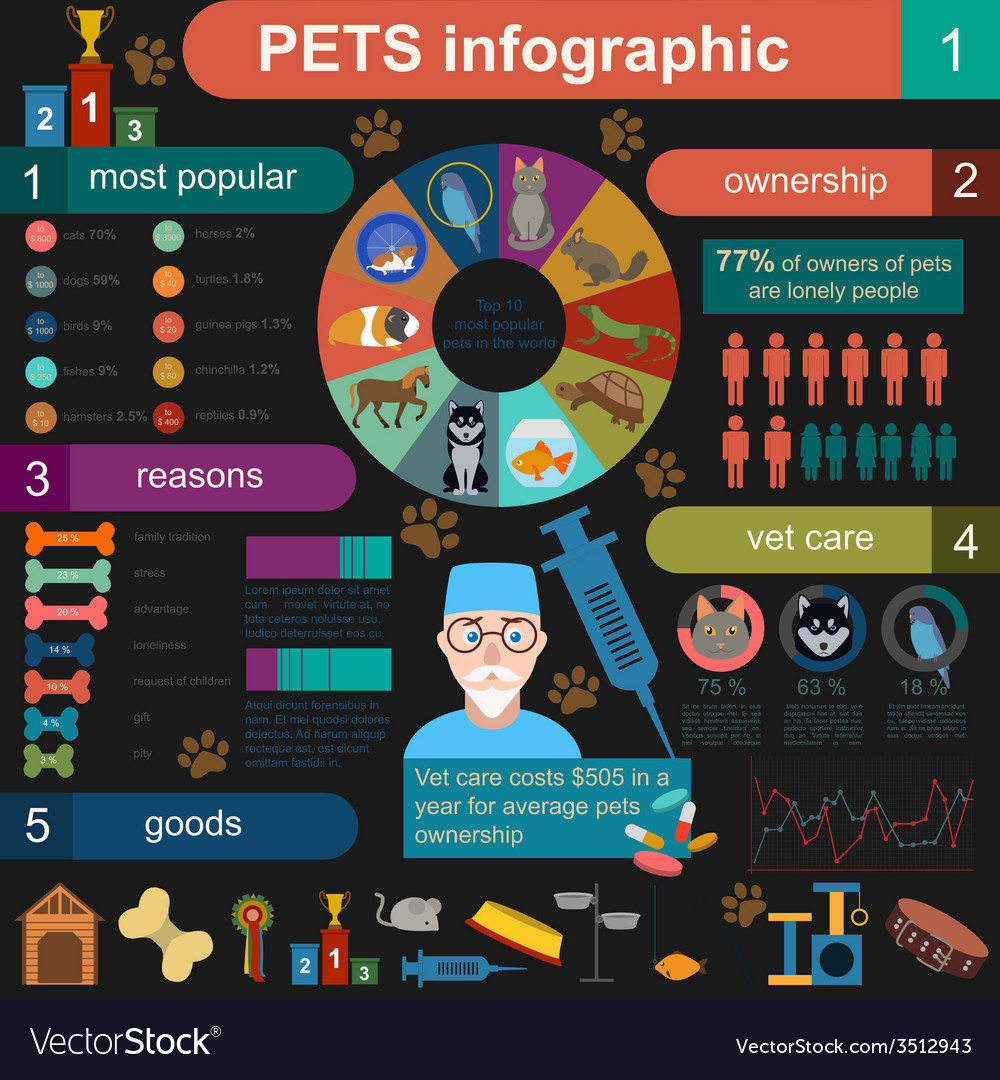While some dogs don’t thrive in daycare environments (especially those with full days of unstructured free play) most can benefit from the social interaction and exercise. Regular exercise helps dogs burn off energy and can decrease behavioural problems like barking, digging, chewing.
When choosing a daycare, look at the facility itself: Is it big enough? Does it have areas for quiet/low energy play and places for dogs to opt out of interactions?
Safety First
There are a few concerns to be aware of when considering dog daycare. One of the most important is that some dogs can be overstimulated in this environment. This can lead to a high-octane chaos that is not conducive to good behavior. For this reason it is important to find a facility that specializes in training and can recognize behavioral cues of when a dog is too stressed or excited.
Another concern is the risk of illness and injury. Reputable facilities have strict health and vaccination policies in place to ensure the safety of all dogs. However, there is a risk that your dog may pick up kennel cough or other illnesses from other dogs.
Some dog daycares also have cameras in the play areas that you can watch from your home. This can be a great way to keep an eye on your pup but it can cause stress for the dog because they can be constantly distracted by other people watching them.
Supervision
Dogs are dyadic by nature and thrive best in one-on-one supervised play sessions with compatible play partners selected by a behaviorist. However, because dog daycare facilities are often run by people who love dogs but lack extensive backgrounds in ethology and cognitive ethology as well as positive reinforcement training, groups of dogs are usually overstimulated or get into fights that can turn dangerous. Then there are incidents like the one in which a 15-week old Dachshund was killed at a daycare facility.
Professional boarding dogs caregivers understand canine body language and can intervene quickly before a conflict escalates. They also know how to read a dog’s mood, and when they see signs of fear, anxiety, agitation or overstimulation (staring at another dog with rising hackles, cowed hunching, tucked tail) it is time to separate them from the group. They use room dividers, toys and kennels to keep playgroups small and manageable while providing the dogs with an opportunity to decompress or recover from exercise.
Cleanliness
The cleanliness of your pet’s daycare facility is vitally important. Look for facilities that sanitize all surfaces regularly, including bedding, toys and dog dishes. Ask about their cleaning process and what products they use. Beware of facilities that rely on bleach water – it will break down and destroy surfaces unless it’s rinsed off immediately. Detergent-based products are more effective and safer to use.
Be wary of any daycare that has a reputation for smelly kennels or rooms. This is a sign that they are not following proper cleaning procedures.
Other signs of a safe and clean facility include sanitary bedding and sleeping areas for each dog, floor drains in each kennel and the availability of fresh drinking water. The facility should also have plenty of space for the dogs to play and sleep, as overcrowding can lead to aggressive behavior. They should also perform a behavioral assessment on each dog to ensure they can safely interact with the other dogs in their care.
Training
Most daycares operate as a bit of a free for all. It’s high octane chaos that isn’t always healthy for the dogs involved. For some dogs this isn’t a problem but for many dogs this kind of unstructured environment can add up to stress and overstimulation that will lead to behavioral issues when the dog returns home.
Even if the daycare you choose has excellent sanitation practices and vaccination policies there is still a risk of disease spread through mingling between dogs. Also, dogs may be injured during play. It’s not uncommon for a dog to be kicked by another dog or to get a scratch during one of the many supervised playtime sessions.
For most dogs who are well socialized, trained in basic obedience commands and don’t have behavior issues like separation anxiety daycare can be a great way for them to exercise and play with other dog friends while their humans are away. But, before sending your dog to daycare ask yourself if it is the right choice for them and do your research.
enter'>|











